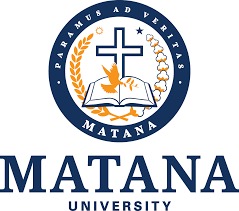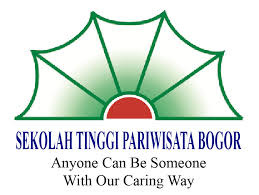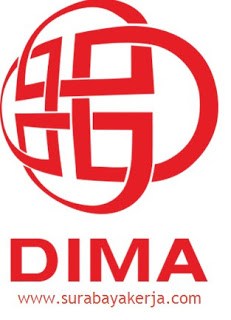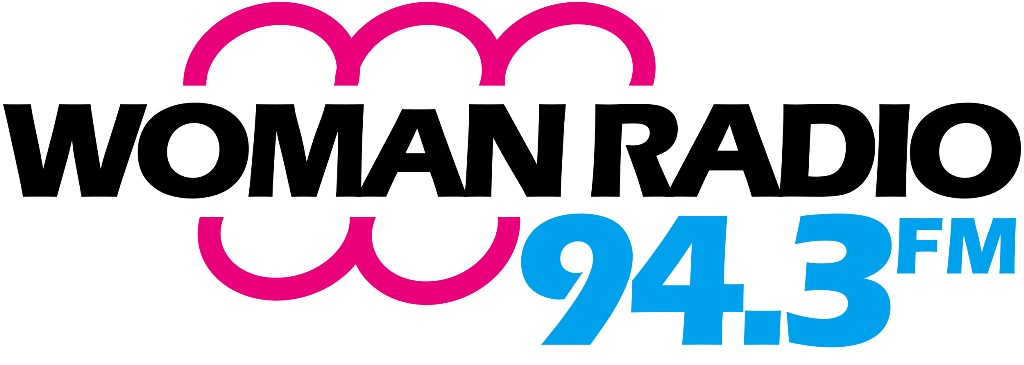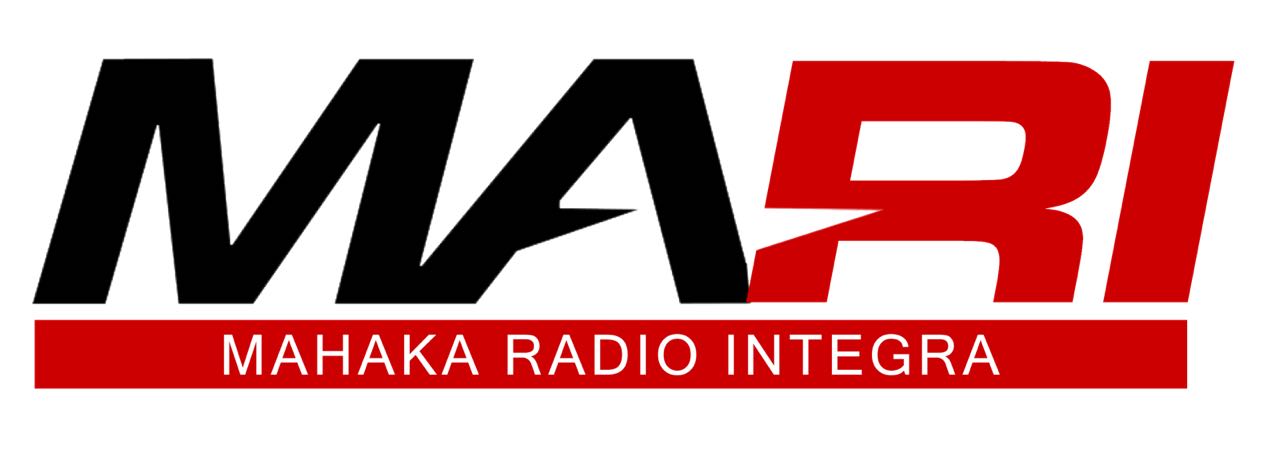KOMODIFIKASI, SPASIALISASI, DAN STRUKTURASI DALAM MEDIA BARU DI INDONESIA (Ekonomi Politik Komunikasi Vincent Mosco Pada Line Webtoon)
Abstract
The emergence of LINE Webtoon in Indonesia offers a very interesting new
media dynamics to be studied in Vincent Mosco's political economy study. In his theory, Vincent Mosco alludes to the globalization of the political economy of today's media explaining the transition of old media and the emergence of new media. The purpose of this study is to examine and criticize the political economy communications practices of Vincent Mosco from Commodification, Spatialization, to Structures related to the Line Webtoon control process for content, audience and workers and its distribution in Indonesia and market share in Indonesia.This research uses qualitative approach with case study method. This type of research is explorative which is based on critical
tradition and critical paradigm. This research uses Political Economy Communication theory Vincent Mosco. Primary data of research is result of observation and interview, while secondary data of research is result of documentation. The results of this study suggest that Commodification in LINE Webtoon consists of commodification of content, commodification of audience, and commodification of workers. The content commodity indicates that the audience is participating in the content, and there is a lack of clarity on the terms of inappropriate content on the LINEWebtoon, so the Researcher
finds some of the content falling into inappropriate categories. Audiences' commodity shows that readers in Indonesia are the largest LINE Webtoon readers, making it a very potential market for traders to advertisers. Workers' Commodities are seen on creators working on the Webtoon Challenge but are not getting paid at all. If they want to earn money, they can join the Rising Star contest, but the criteria given is very difficult.
Although winning, not necessarily an official account. The official account also gets quite high responsibilities ranging from content to match market interests, deadlines every week, and minimal panels in each episode. All costs of the production process until the publishing is borne by the creator. Creators get only a monthly salary from LINE Webtoon. Creators are created as LINE Webtoon provides space for work, but Researchers refer to this as LINE Webtoon's efforts to change the value of expertise and creativity into selling points. There is a webtoon entitled "Seventeen" which contains snippets of scenes in webdrama produced by NAVER TV. The account does not go through the Webtoon Challenge stage and is published in Indonesia. The existence of a serial promotion from webdrama that deliberately done because NAVER Corporation has the power to it.The spatialization caught in this research in the LINE Webtoon deployment process is related to the deployment of LINE Webtoon in Indonesia regarding the subject of inappropriate content and the expansion of the business network of the NAVER CORP that incorporates the "Seventeen" webdrama into LINE Webtoon Indonesia. It is also related to the injustice to Indonesian creators who fought from the beginning. The main problem, the researchers get the result that because there is no government regulation governing the publishing of online comics, the spread so can not be fenced. Anyone can easily access through websites or apps, including accessing a webtoon that contains adult scenes. Structure in LINE Webtoon is LINE Webtoon is the first online comic pioneer in Indonesia that has the most readers. LINE Webtoon as Japan and Korea hegemony over Indonesia. Japan and Korea work together to sell products that really sell well in the Indonesian market. However, the Government should really be able to control this movement so as not to bring negative impacts to the culture and moral of the Indonesian Nation.
Keywords: Vincent Mosco, Qualitative, Case study.
Full Text:
PDFReferences
Adila, Isma. (2011). Spasialisasi Dalam Politik Ekonomi Komunikasi (Studi Kasus
MRA Media). ISSN: 2088-981X.Jurnal Ilmu Komunikasi, Vol. 1, No.1, April
Diakses
dari:http://jurnalilkom.uinsby.ac.id/index.php/jurnalilkom/article/view/14/10
Ardianto, Elvinaro. (2011). Metodologi Penelitian untuk Public Relations Kuantitatif
dan Kualitatif. Bandung: Simbiosa Rekatama Media.
Bungin, Burhan.(2007). Penelitian Kualitatif : Komunikasi, Ekonomi, Kebijakan
Publik, danIlmu Sosial Lainnya. Jakarta: Kencana.
Gusti Aji, Gilang. (2014). Spasialisasi dan Strukturasi Dalam Sistem Siaran Jaringan di
Indonesia (Studi Kasus pada Kompas TV). Tesis Mahasiswa Universitas
Indonesia kode panggil T41734.
https://m.suara.com/tekno/2017/08/02/193535/tren-terus-naik-line-webtoon-tembus-6-
juta-pembaca-tiap-bulan
https://www.viva.co.id/gaya-hidup/kuliner/843723-nurfadli-komikus-webtoonberpenghasilan-
jutaan-rupiah
https://hot.detik.com/art/d-3274551/pembaca-line-webtoon-indonesia-terbesar-di-dunia
https://tekno.kompas.com/read/2017/10/28/13050097/penghasilan-kreator-line-bisaumrah-
hingga-beli-rumah
Lee, Monle dan Johnson,Carla.(2011). Prinsip-Prinsip Pokok Periklanan Dalam
Perspekstif Global. Jakarta: Kencana.
Littlejohn, Stephen, dan Foss, Karen A. (2008). Theories of Human Communication
Ninth Edition.Boston: Wadsworth.
Littlejohn, Stephen W., dan Foss, Karen A. (2009). Encyclopedia of Communication
Theory 1. California: SAGE Publications, Inc.
Littlejohn, Stephen W., dan Foss, Karen A. (2009). Encyclopedia of Communication
Theory2. California: SAGE Publications, Inc.
Littlejohn, Stephen, dan Foss, Karen A.(2009). Teori Komunikasi : Theories of
HumanCommunication. Jakarta: Salemba Humanika.
McQuail, Denis. (2011). Teori Komunikasi Massa Mcquail Edisi 6. Jakarta:
SalembaHumanika.
Moleong, Lexy J. (2010).Metodologi Penelitian Kualitatif. Bandung: PT Remaja
Rosdakarya.
Morissan. (2013).Teori Komunikasi : Individu Hingga Massa.Jakarta: Kencana.
Morrisan. (2014).Periklanan : Komunikasi Pemasaran Terpadu. Jakarta: Kencana.
Mosco, Vincent. (2009). The Political Economy of Communication : Second
Edition. London: Sage.
Mosco, Vincent and McKercher, Catherine. (2008). The Laboring of
Communication: Will Knowledge Workers of The World Unite?. Lanham, MD:
Lexington Books.
Pawito. (2007). Penelitian Komunikasi Kualitatif. Yogyakarta: LKis.
Raco,J.R. (2010).Metode Penelitian Kualitatif: Jenis, Karakteristik, dan
Keunggulannya. Jakarta: Grasindo.
Sarwoprasodjo, Agung. (2008). Perbandingan Pendekatan Ekonomi Politik Media dan
Studi Kebudayaan dalam Kajian Komunikasi Massa. ISSN: 1693-3699 Vol. 06,
No.1, Februari 2008. Diakses dari:
http://journal.ipb.ac.id/index.php/jurnalkmp/article/viewFile/5663/4294
Sendjaja, Sasa D. (2005).Komunika : Warta Ilmiah Populer Komunikasi Dalam
Pembangunan. Jakarta: LIPI.
Wenerda, Indah. (2015). Politik Ekonomi Vincent Mosco oleh Media Online
Entertainment Kapanlagi.comTM. ISSN: 23389176 Channel, Vol. 3, No.1, April
, hal 1-14. Diakses dari :
http://journal.uad.ac.id/index.php/CHANNEL/article/download/2417/1491
Yin, Robert K. (2014).Studi Kasus Desain & Metode. Jakarta: Rajawali Pers.
Yovita, Bernadetta. (2005). Ekonomi Politik Media Penyiaran (Televisi) : Komodifikasi
Tayangan Kriminalitas TKP TV 7. Tesis Mahasiswa Universitas Indonesia kode
panggil T22181.
DOI: http://dx.doi.org/10.30813/ncci.v0i0.1297
Refbacks
- There are currently no refbacks.

